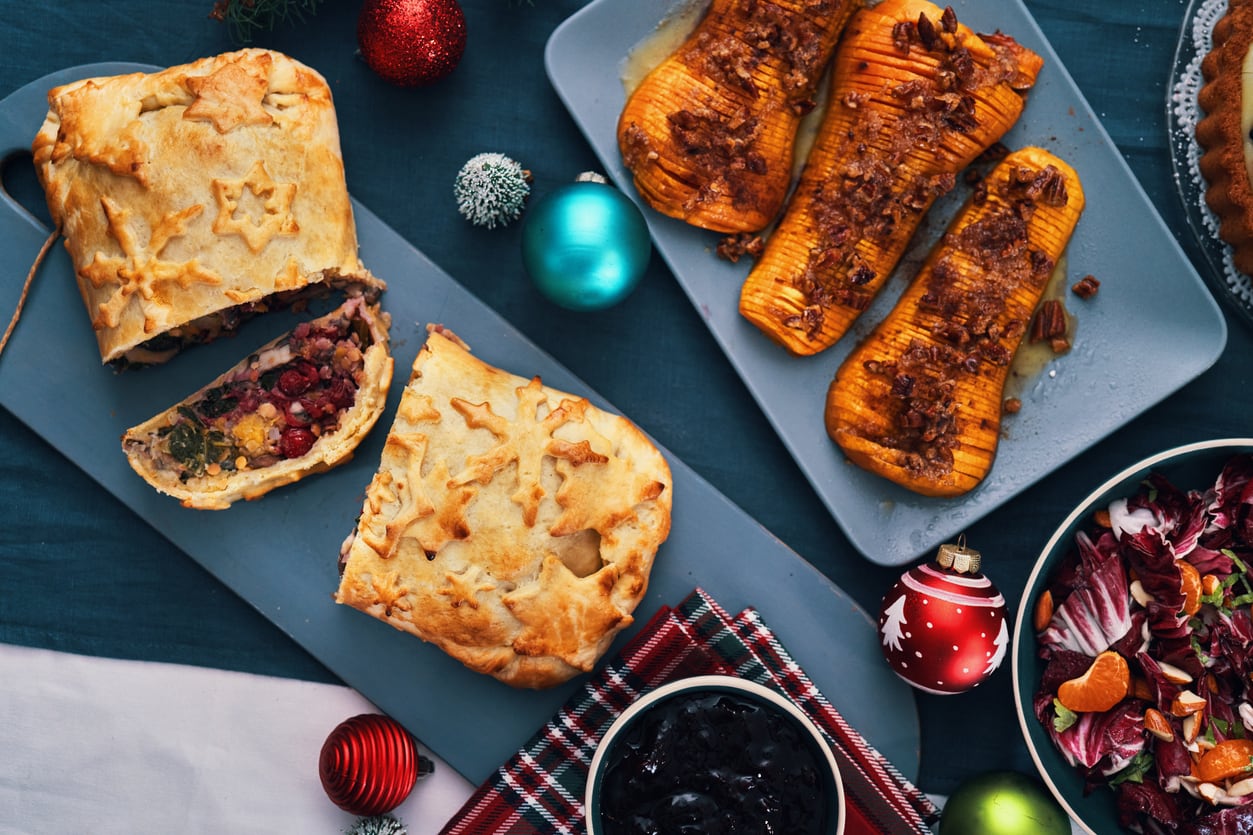Q. Why does wine come in so many different-sized bottles and does it make any difference to the wine?
A. Wine comes in many bottle sizes, all regulated by the European Union. A standard bottle is 75cl and most other sizes are multiples or fractions of a litre. Spirit bottles are often smaller, usually 70cl.
Wine matures more quickly in smaller bottles, as the air-to-liquid ratio is greater. Therefore, a half-bottle will taste different to a full bottle of the same wine. This can be a good thing if you have a young bottle of fine Bordeaux, as it should improve with age, but less so if it is an elderly half-bottle (or quarter bottle) of Marlborough Sauvignon. Sadly, small and larger bottles are generally proportionally more expensive than standard bottles.
Obviously, you should choose the bottle size to match the occasion. Half bottles are the perfect size for two people to share a glass of wine, and quarter bottles, usually 18.7cl will give you one large glass of wine. Magnums look great and can add a festive touch to a party. Aficionados argue that a magnum is the perfect size for ageing champagne and fine wines. Jeroboams are great for parties and weddings — you just need plenty of friends.
In Ireland, quarter bottles have always been popular in pubs, probably because consumers were wary of being offered a glass of wine from a bottle that had been open for days or even weeks, and probably wasn’t great in the first place. These days, the range and quality on offer have improved greatly.
READ MORE
Bordeaux has a tradition of offering wine in a variety of sizes, but nowhere offers a greater range of bottles than champagne. As well as standard 75cl bottle it can come in the following sizes: quarter bottle also known as a split — 18.7cl; snipe or mini — 20cl; half bottle 37.5cl; magnum — 1½ litres (two standard bottles); jeroboam — three litres (four bottles); methuselah — six litres; salmanazar — nine litres; balthazar — 12 litres; nebuchadnezzar — 15 litres.
The very large bottles may look impressive but require both skill and muscle to open and pour.














